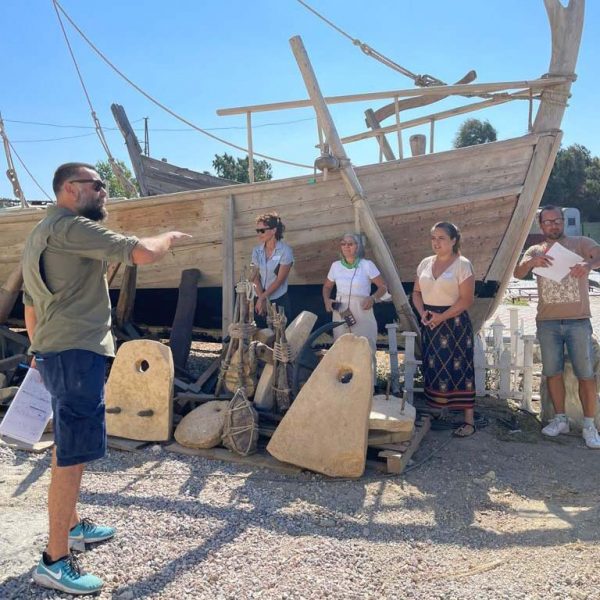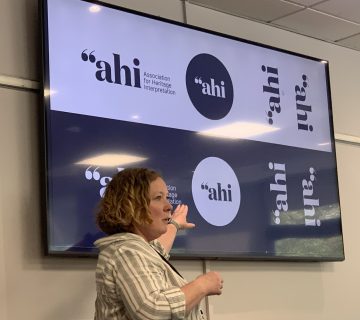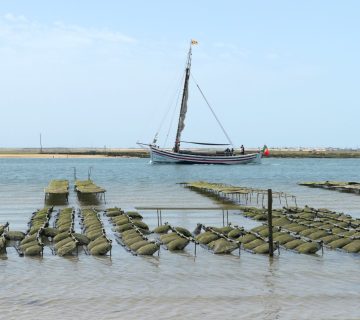August saw Turkey’s first CIG course in the town of Urla (ancient Klazomenia), near the city of Izmır (historical Smyrna), the hometown of Homer.
Almost all participants were licensed tour guides or environmental activists who had already studied protection and heritage. In a nutshell, we could talk about any phenomenon in Turkey by heart, for hours. Living in one of the most heritage rich areas of the world, we were in a way born to interpret. However, throughout the training, we started to feel that we all had areas to improve.
It was obvious that we all knew the facts, but the course was about something else, something lacking. And it was obvious that the training was bringing heritage to life. Being able to talk about facts didn’t mean much unless we facilitate what we know. In order to create meaning, we had to build bridges between the phenomenon and the participant. The training deeply affected each of us and we’ve embroidered the information we have with the tools that we’ve learned from the course. This is something that we will use forever.
My first task was to interpret a crossbow displayed in a museum. As I knew almost all the facts about the object, I started with confidence. But only seconds after I finished my first talk exercise, our trainer asked: “Are you talking about this particular crossbow or crossbows in general?” Indeed, I was just informing people about crossbows in general. But how could one create a meaning if the phenomenon is not something they could see, hold, feel? I had to rearrange my talk from scratch. And for first time in my life, I really observed the object I was going to talk about. And this crossbow was really a unique piece. It had art on it and not an ordinary one at all! And this particular crossbow had a lot of meanings to a lot of different people and at the end it is about people finding their own connections with this particular crossbow that I help facilitate. This was such a powerful and rewarding insight!
The other ‘wow’ moment for me was the open-ended questions. As a self-explanatory concept, we all thought we could easily come up with some and began contemplating. And what happened? We listed many questions about our phenomena, but none were even close to being open-ended. Another easy-to-learn but hard-to-master issue was ahead of us. Opening space for participation from our visitors by asking questions but not harassing at the same time was a tough task to complete and so rewarding at the same time. Open-ended questions are very deep tools that also bring light to understanding what heritage interpretation is aiming for. I understood it is about creating the field that people on their own make connections with heritage and the world, with themselves and people around them.
We are very grateful for this eye-opening opportunity and to our amazing trainers for being our lighthouse throughout this course.
Sidar Duman is a co-founder at 360 Degrees History Research Association (www.360derece.info), a columnist for historical magazines and owner of the SD Avanti UK Travel Agency (https://www.instagram.com/sdavanti.uk/). He is also a licensed judoka and sailor. You can get in touch with him at: sidarduman@gmail.com.
To cite this article: Duman, Sidar (2021) ‘An eye-opening first-ever Interpret Europe course in Turkey’ in Interpret Europe Newsletter 3-2021, 13.
Available online: https://interpret-europe.net/wp-content/uploads/2021/10/Newsletter-Autumn-2021.pdf






